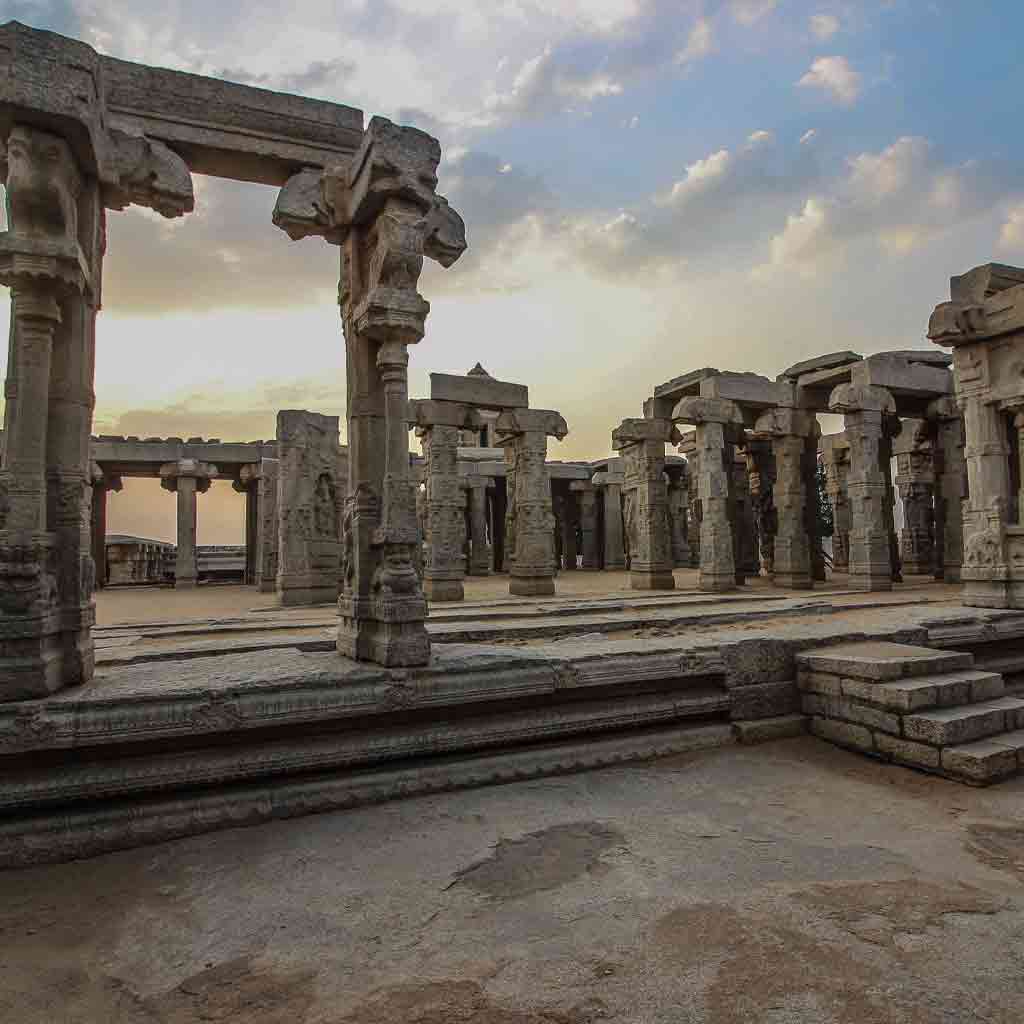
Sri Veerabhadra Swamy Temple, Lepakshi
location_on Main road, Lepakshi, Andhra Pradesh 515331
Overview
The Sri Veerabadhra Swamy Temple is an architectural marvel and a wonder to behold. It is situated in the peaceful Lepakshi, in the district of Anantapura of Andhra Pradesh. This temple is set amid a calm escape and presents a spiritual reawakening to whoever visits. The locals commonly refer to it as Lepakshi Temple. Veerabhadreshwara Swamy Temple has been a landmark for more than eight centuries because of its historical, mythological and archaeological importance.
God
Lepakshi Temple God is Veerabhadra Swamy, a fierce and enraged form of Lord Shiva. This form of Lord Shiva was created to avenge the death of his consort, Goddess Sati.
Lepakshi Temple History
The Veerabhadra Temple Lepakshi history during the ancient times is not easily discernible. It is unclear when the temple construction started because it is located close to Siddapura, Brahmagir, Yerragudi, and Jatinga Rameshvar; these places are all associated with the Mauryan King Ashoka. This may lead to the notion that Lepakshi was under the Mauryan Dynasty. It was later passed to the Satavahana Dynasty, then to the Chutus, the Gangas, the Chalukyas of Badami, and the Nolambas until the 10th century CE. Chalukyas of Kalyani and the Hoysalas ruled this city until the 13th century when the Vijayanagara Dynasty eventually annexed it. Under the Vijayanagara, Lepakshi saw extensive construction activities, especially around the Veerabhadra Temple.
During the rule of the Vijayanagara King Harihara, Lepakshi became an essential provincial center in terms of trade, commerce and social gatherings. It gained prominence extensively in the later years, leading to the renovation of Sri Veerabhadra Swamy Temple in 1530 AD. It was completed during the rule of King Achyutaraya of Vijayanagara Dynasty by two brothers, Viranna and Virupanna Nayaka, who were Penukonda's governors. King Achyutaraya's inscriptions describe this temple's construction, history and significance in detail.
Architecture
The temple is built in Vijayanagara style. It's a grand temple building enclosed by a single court compared to the other Vijayanagara temples. The shrine and court walls are constructed of plain masonry with ornamental brick niches on the wall heads. Kalyana mandapa is the best example, with four lavishly carved pillars and a carved ratha in front of the Mahamnadapa. The temple is divided into three parts: the Mukha Mandapa, the Artha Mandapa, and the Kalyana Mandapa, which is still unfinished. All the panels are enriched by textile designs as a border painting. On the verandah in front of the door, the eye is caught by the patches of colour on the ceiling; once a series of paintings were executed on plaster over granite ceiling slabs, the artists used the theme of Ramayana for these murals. The method of execution and style can easily be traced to the same way Lepakshi murals are made of Fresco‐Secco.
The temple houses a monolithic bull, which is a figure of Lord Shiva's divine ride, Nandi. It is considered the largest single-stone Nandi statue. The temple also has a beautifully crafted 7 hooded Nagalinga hovering over the lingam of Shiva, which amazes the spectators.
Veerabhadra Swamy Temple in the sanctum sanctorum is considered fierce, so devotees worship the monolithic Ganesha idol before the Garbhagriha. There is an intricate Hanuman temple as well inside the temple complex.
The temple has a giant footprint on the floor of the front verandah, which is considered to be of Goddess Sita, and it is said that water flows from it constantly.
Significance
Veerabhadra Swamy Temple is significant from a historical and mythological point of view. Lepakshi is the most important place not only in Anantapur District but also in Andhra Pradesh. Apart from iconography and numerous sculptures, it has rare paintings, murals, and portraits of the brothers Virupanna and Viranna, who built these magnificent temples. The style of architecture, sculpture and paintings suggests that this temple belonged to the Rayas of Vijayanagara, the most famous South Indian dynasty. A reference is made in Skandapurana, Lepakshi, as one of the 108 crucial Saivakshetras in India.
The temple draws its significance from the various inscriptions found at the site, especially the "Tulu Vamsa Prashasti," it also draws significance from the multiple scriptures that mention its name.
Best Time to Visit
The best season to visit Sri Veerabhadra Swamy Temple is in the winter. The months of September till February are considered pleasant when visiting the temple.
Festivals
The temple celebrates many festivals in a grand way, starting from Maha Ganapathi Sudarshan Honam, which has Dwajarohana and Gramotsavam events as the highlights. The main festival of the temple is Maha Shivaratri and Rathotsavam. The annual Rathotsavam or Chariot Festival is a significant festival where the Veerabhadra Swamy is paraded through the Lepakshi city in a decorated chariot. Other festivals celebrated are Karthika Deepam, Ugadi, Chandi Honam and Vasantotsavam.
How to Visit
| Type | Name | Distance |
|---|---|---|
| Bus Stand | Hindupur Bus Stand | 15 KM |
| Railway Station | Hindupur Railway Station | 14 KM |
| Airport | Kempegowda International Airport, Bengaluru | 100 KM |
Dress Code
Modest clothing is preferred to maintain the decorum of the temple and the ancient significance of the place. For men, traditional clothing like a kurta, pyjama, dhoti, shirt, or trousers is mandatory. For women, Punjabi kurta & salwar, saree, half-saree, kurta, or churidar are mandatory.
Do's and Don'ts
- Do take a bath and wear clean clothes before darshan.
- Do take ancient rituals and customs in regard.
- Do follow the dress code laid by the temple authorities.
- Don't smoke or drink inside the temple or before the darshan.
- Don't chew tobacco or spit inside the temple.
- Don't carry your phone inside the temple.
The Veerabhadra Swamy Temple timings are in two slots. The temple opens at 5:00 AM in the morning and closes around 1:00 PM. It again opens at 4:00 and closes at 8:30 PM in the evening.
The temple offers Abhishekam and Archana poojas as well, the timings for them are decided by the temple authorities.
- The temple is considered mysterious because of its mysterious hanging pillar. There is a prominent space between the ground and one of the pillar foundations, from which devotees are said to pass pieces of cloth and paper.
- The temple ceiling has a fresco painting of Veerabhadra Swamy that spreads 24 ft by 14 ft.
- The temple also holds several monolithic structures that leave spectators in awe.
Mythological Legends of Veerabhadra Swamy Temple, Lepakshi
Sri Veerabhadra Swamy Temple is filled with legends from many scriptures. The first legend that ties around the temple is a well-known story of Lord Shiva and Goddess Parvati. According to this legend, the city of Lepakshi is where the mythical bird from the epic Ramayana, Jatayu, fell after fighting Ravana to rescue Goddess Sita. When Lord Ram reached this place, he saw the injured bird and gracefully said, "Le Pakshi" (meaning "rise, bird" in Telugu). The town was named after this; the connection to the Ramayana imbues the temple with a sense of heroism and righteousness.
The second legend is more prominent and linked to the creation of the fierce God, Veerabhadra. Shiva Purana and many other scriptures say that King Daksham, father of Goddess Sati, organized a grand yajna (ceremonial fire sacrifice) and didn't include his son-in-law, Lord Shiva. Angered by this act of her father, Goddess Sati immolated herself in the sacrificial fire. After getting to know this, Lord Shiva took the form of fearsome Veerabhadra from the lock of his matted hair and beheaded Daksha. The legend further says that Lord Shiva restored order and gave another life to Daksha, highlighting the duality of Shiva's nature as both destroyer and preserver.
Another legend brings the divine architect Vishwakarma, credited with the temple's construction. It is said that Virupanna and Viranna challenged Vishwakarma because they wanted to build the temple. Vishwakarma gave them one night to complete the temple construction, which was impossible. The brothers almost succeeded, but at the dawn, there was one unfinished pillar. Vishwakarma was so impressed by their craftsmanship and dedication that he balanced the pillar, defying gravity, and where the mystery of the hanging pillar came from.
Another local legend says that reputed sage Agastya performed Tapas behind a giant boulder on the Kurmasila hillock and installed two shrines of Papaneseswara and Raghunatha, each in opposite directions, which can be identified in the temple.
Sri Veerabhadra Swamy Temple is filled with legends from many scriptures. The first legend that ties around the temple is a well-known story of Lord Shiva and Goddess Parvati. According to this legend, the city of Lepakshi is where the mythical bird from the epic Ramayana, Jatayu, fell after fighting Ravana to rescue Goddess Sita. When Lord Ram reached this place, he saw the injured bird and gracefully said, "Le Pakshi" (meaning "rise, bird" in Telugu). The town was named after this; the connection to the Ramayana imbues the temple with a sense of heroism and righteousness.
The second legend is more prominent and linked to the creation of the fierce God, Veerabhadra. Shiva Purana and many other scriptures say that King Daksham, father of Goddess Sati, organized a grand yajna (ceremonial fire sacrifice) and didn't include his son-in-law, Lord Shiva. Angered by this act of her father, Goddess Sati immolated herself in the sacrificial fire. After getting to know this, Lord Shiva took the form of fearsome Veerabhadra from the lock of his matted hair and beheaded Daksha. The legend further says that Lord Shiva restored order and gave another life to Daksha, highlighting the duality of Shiva's nature as both destroyer and preserver.
Another legend brings the divine architect Vishwakarma, credited with the temple's construction. It is said that Virupanna and Viranna challenged Vishwakarma because they wanted to build the temple. Vishwakarma gave them one night to complete the temple construction, which was impossible. The brothers almost succeeded, but at the dawn, there was one unfinished pillar. Vishwakarma was so impressed by their craftsmanship and dedication that he balanced the pillar, defying gravity, and where the mystery of the hanging pillar came from.
Another local legend says that reputed sage Agastya performed Tapas behind a giant boulder on the Kurmasila hillock and installed two shrines of Papaneseswara and Raghunatha, each in opposite directions, which can be identified in the temple.
Temples
| Name | Distance |
|---|---|
| Sri Lakshmi Narasimha Swamy Temple | 40 KM |
| Sri Chintala Venkataramana Swamy Temple | 56 KM |
| Sri Bugga Rama Lingeswara Swamy Temple | 56 KM |
| Sri Alluru Kona Ranganatha Swamy Temple | 69 KM |
| Ranganatha Swamy Temple | 70 KM |
Adventure
| Name | Distance |
|---|---|
| Penukonda Fort | 45 KM |
| Tomb of Yogi Vemana | 95 KM |
| Jatayu Theme Park | 3 KM |
| Penna Ahobilam DR KSPABR Dam | 38 KM |
| Nandi Hills | 90 KM |
Museum
| Name | Distance |
|---|---|
| District Office Archaeological Museums | 3 KM |
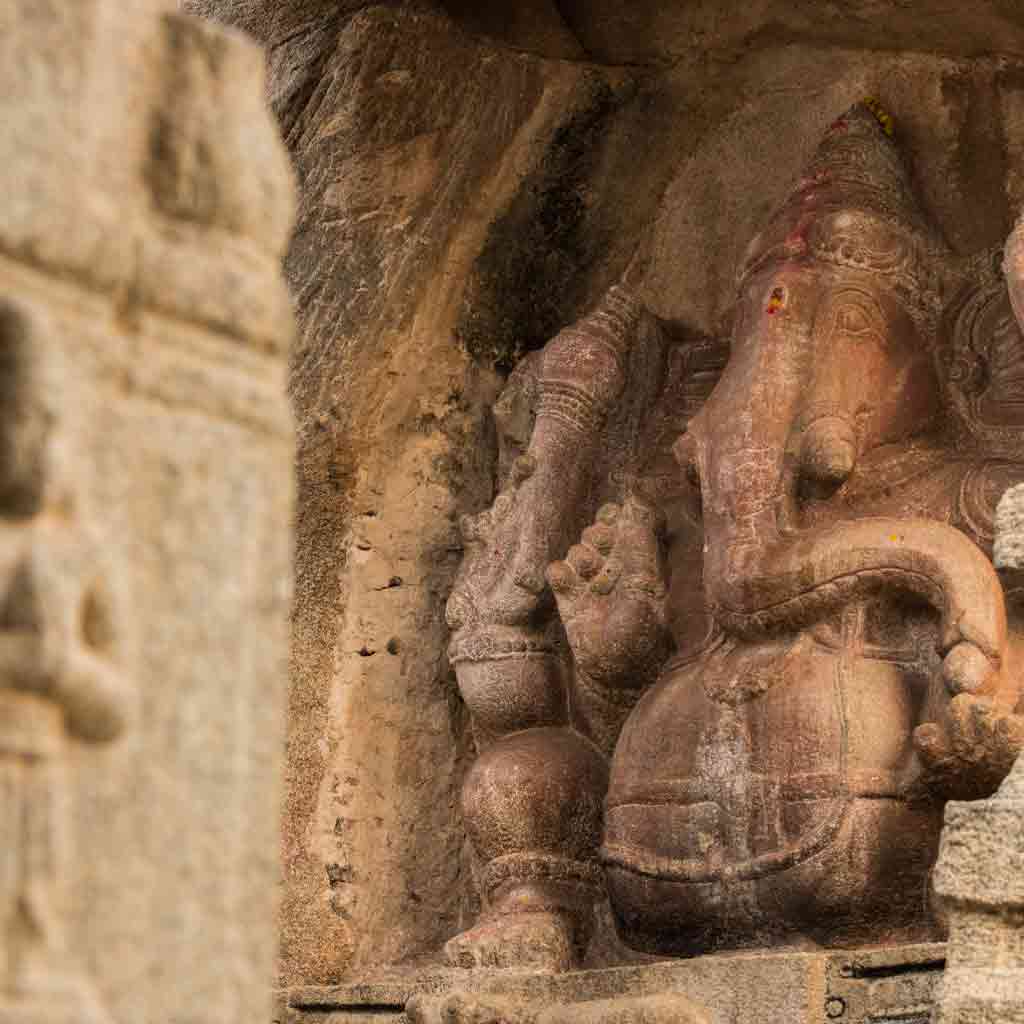
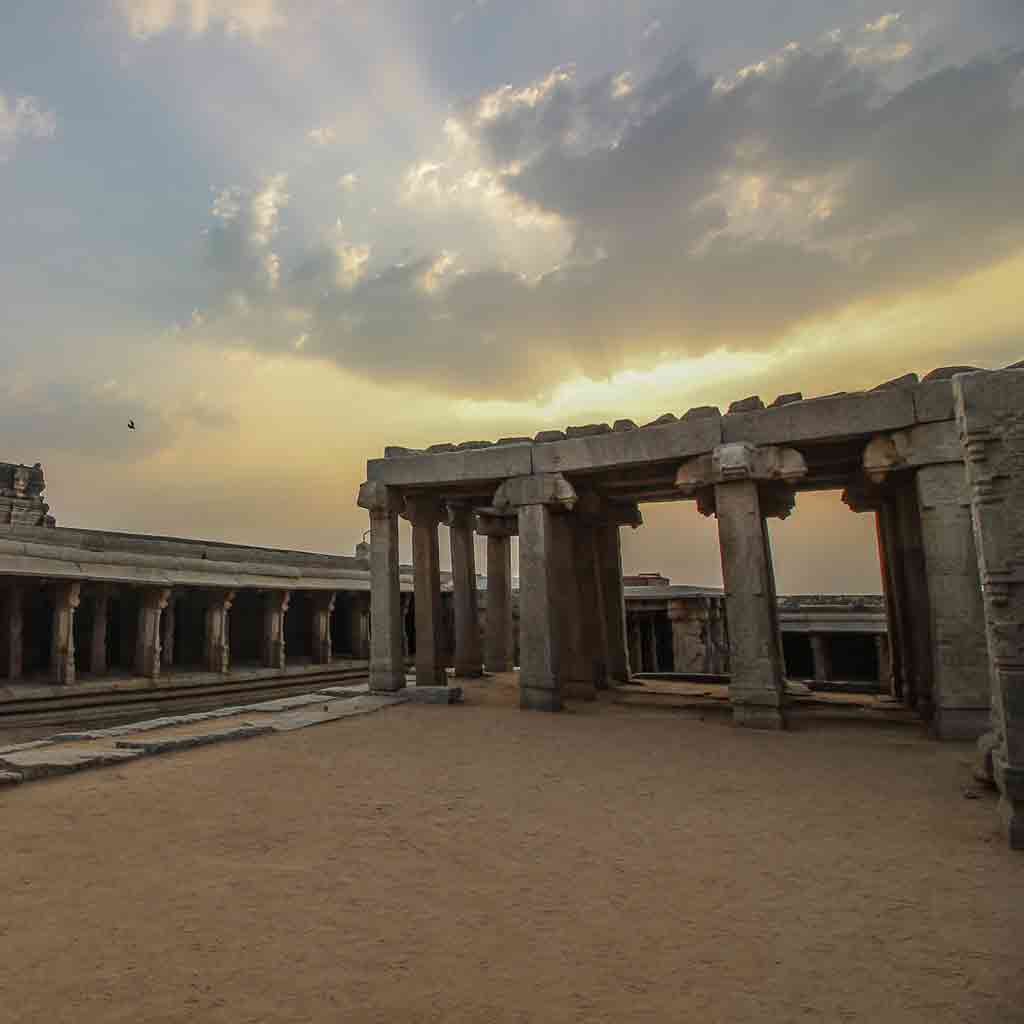
Temples
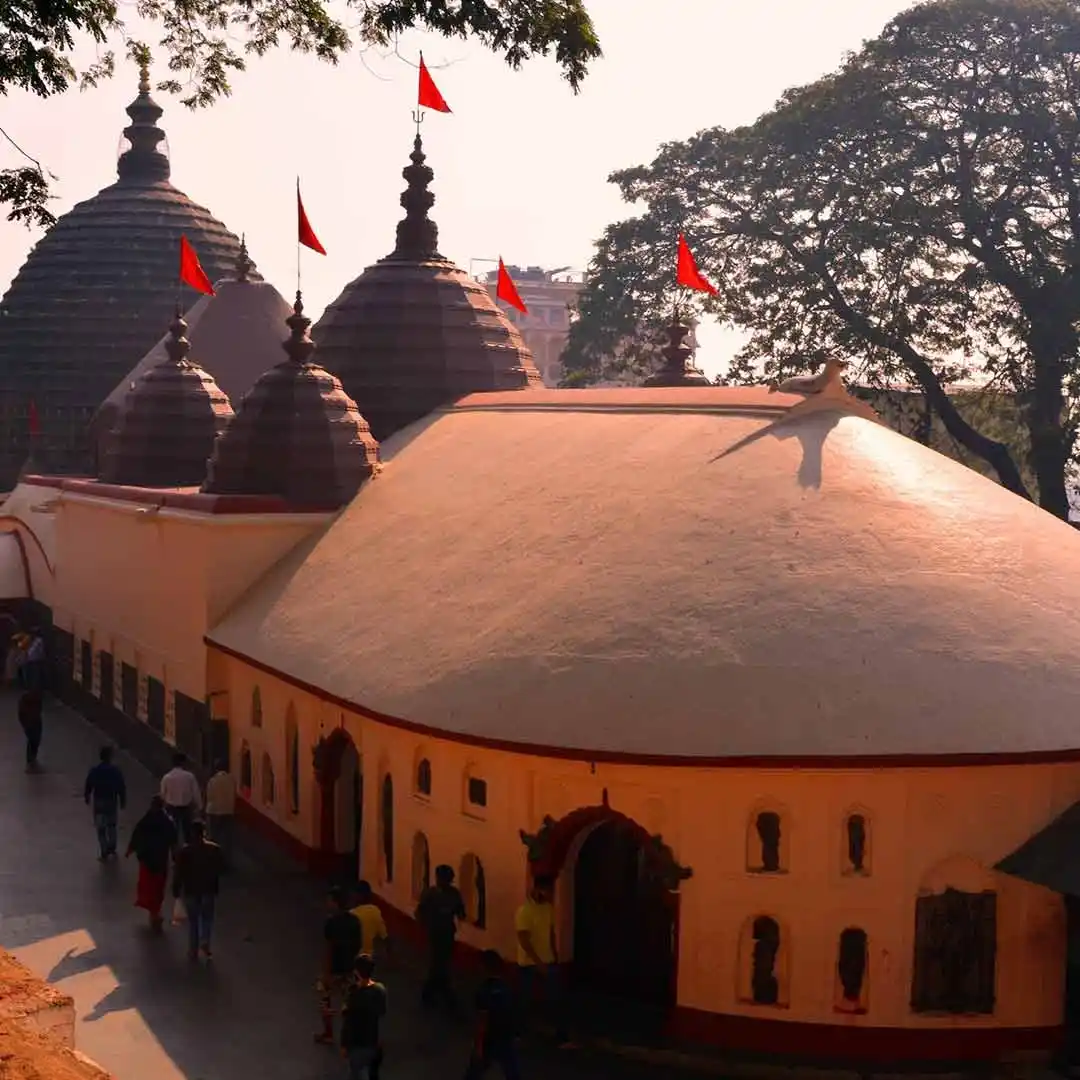
Maa Kamakhya Devi Temple, Guwahati, Assam
location_on Kamakhya, Guwahati, Assam - 781010
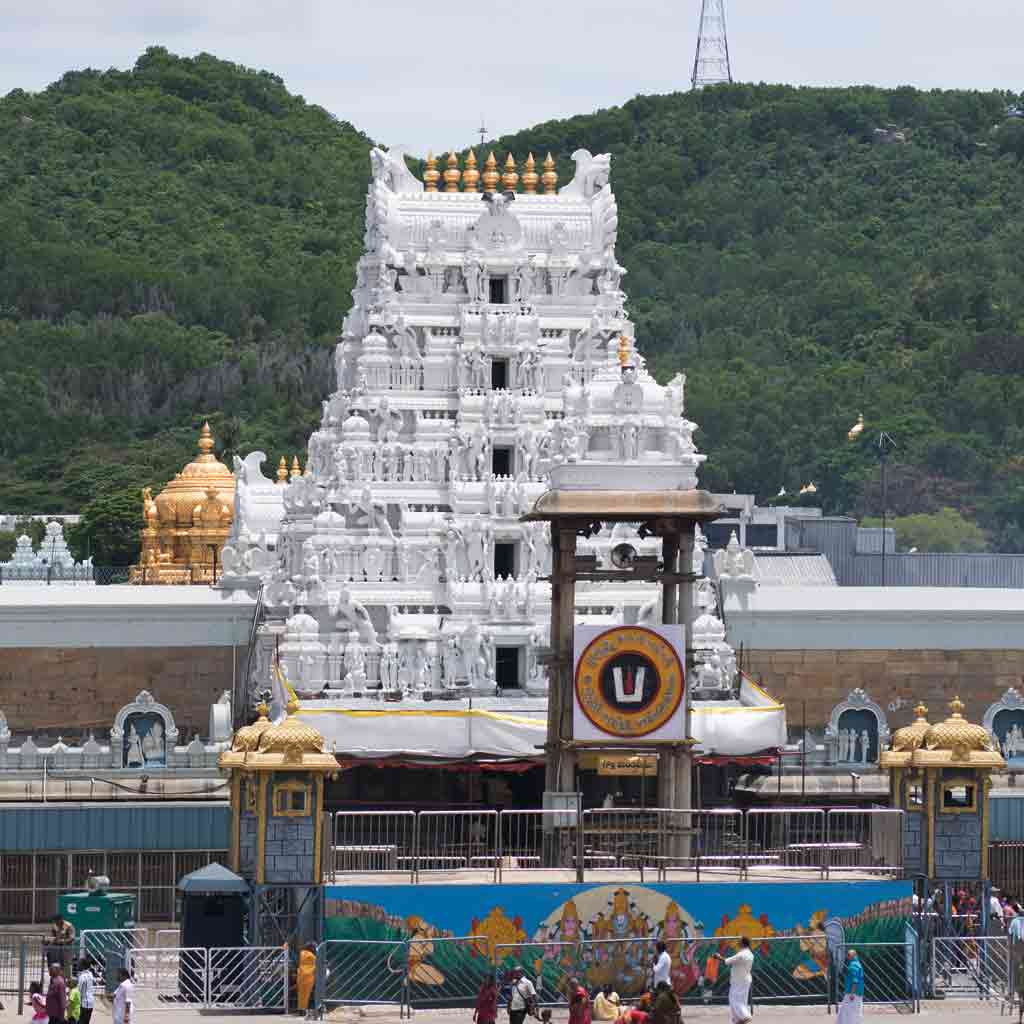
Tirumala Tirupati Balaji Temple
location_on S Mada St, Tirumala, Tirupati, Andhra Pradesh 517504
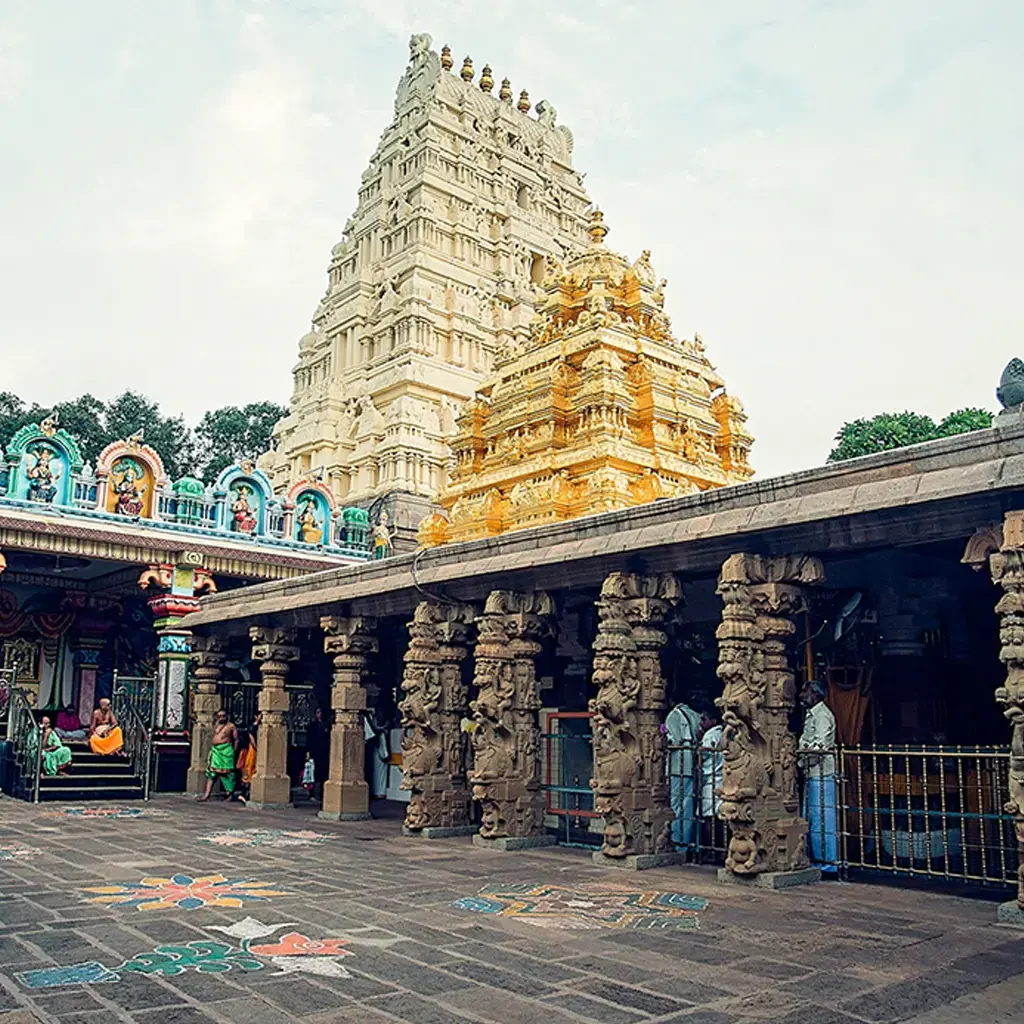
Bhramaramba Devi Temple, Srisailam
location_on Srisailam, Andhra Pradesh 518101
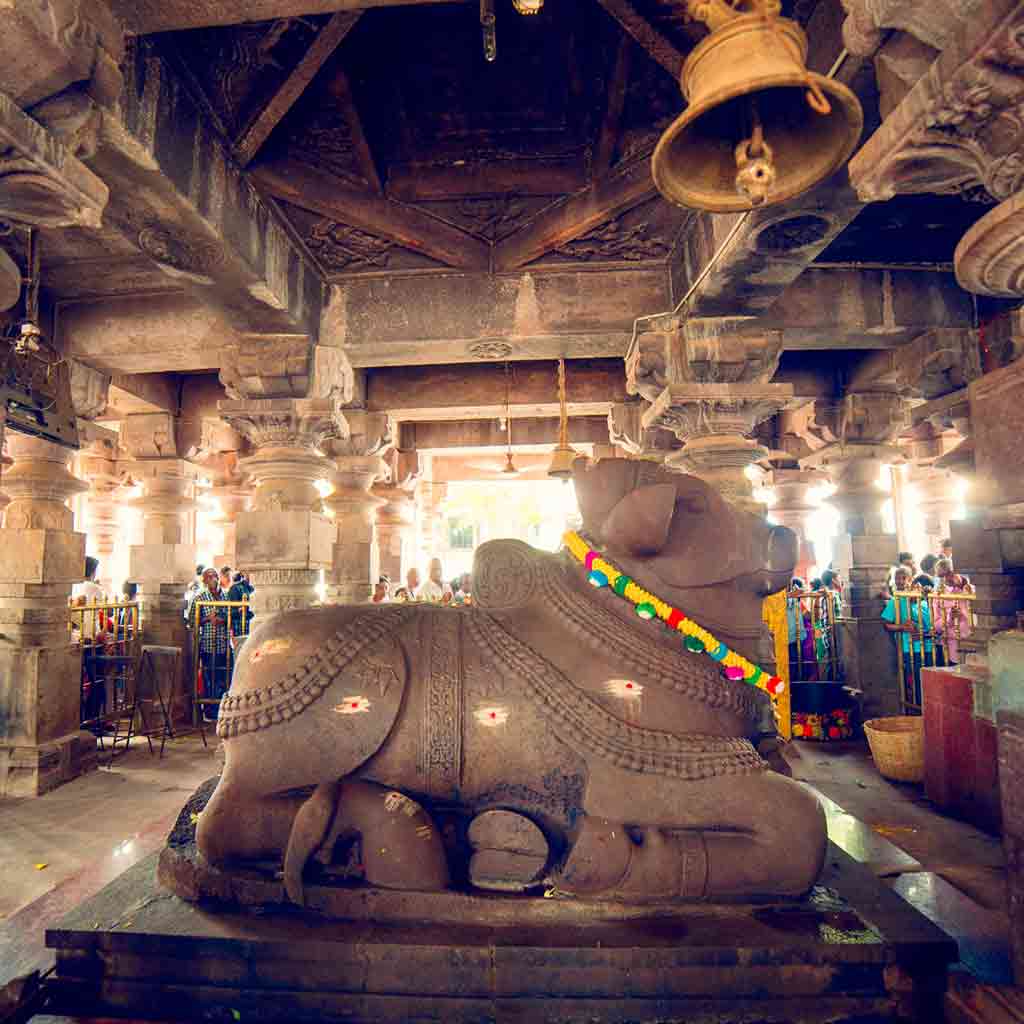
Sri Mallikarjuna Swamy Temple, Srisailam
location_on Srisailam, Andhra Pradesh 528101
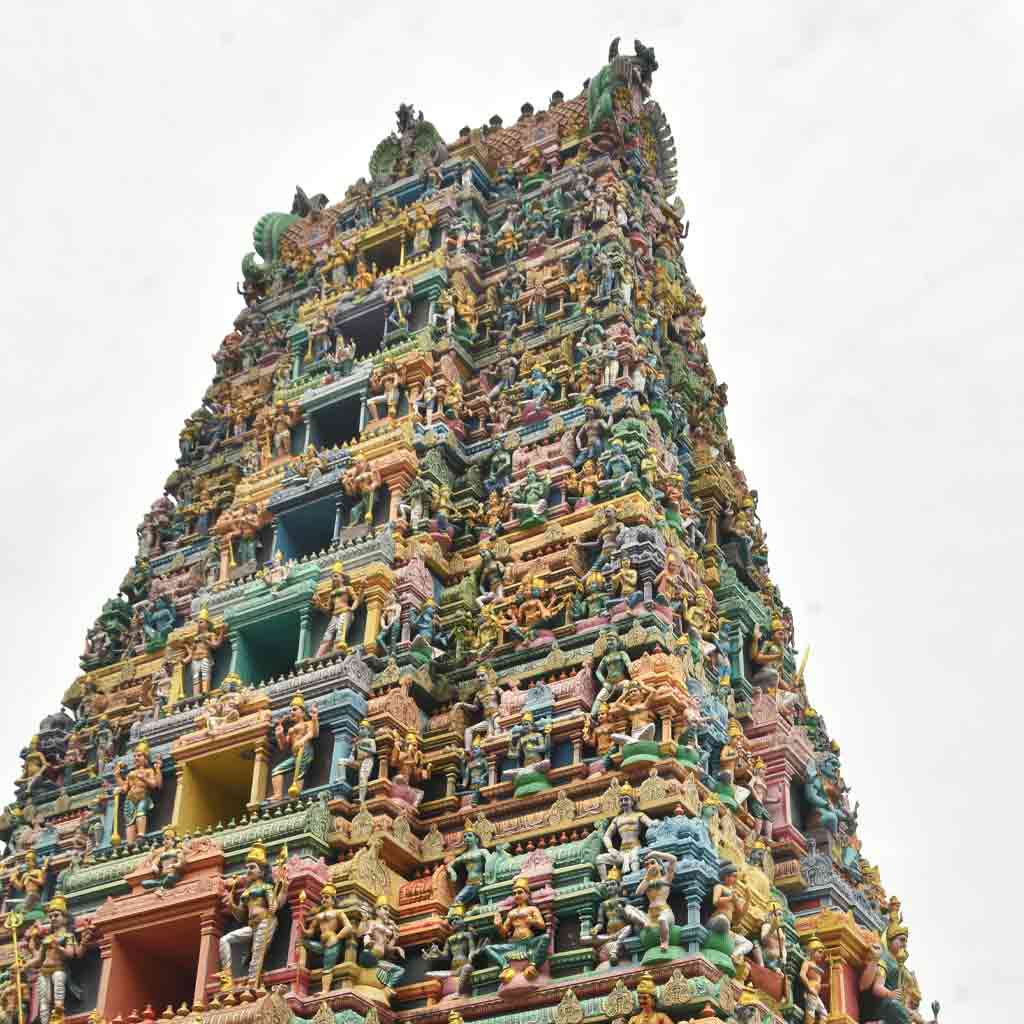
Kanaka Durga Temple, Vijayawada
location_on Arjuna Street Mallikarjunapeta Indrakeeladri, Durga Agraharam, Mallikarjunapeta, Vijayawada, Andhra Pradesh 520001
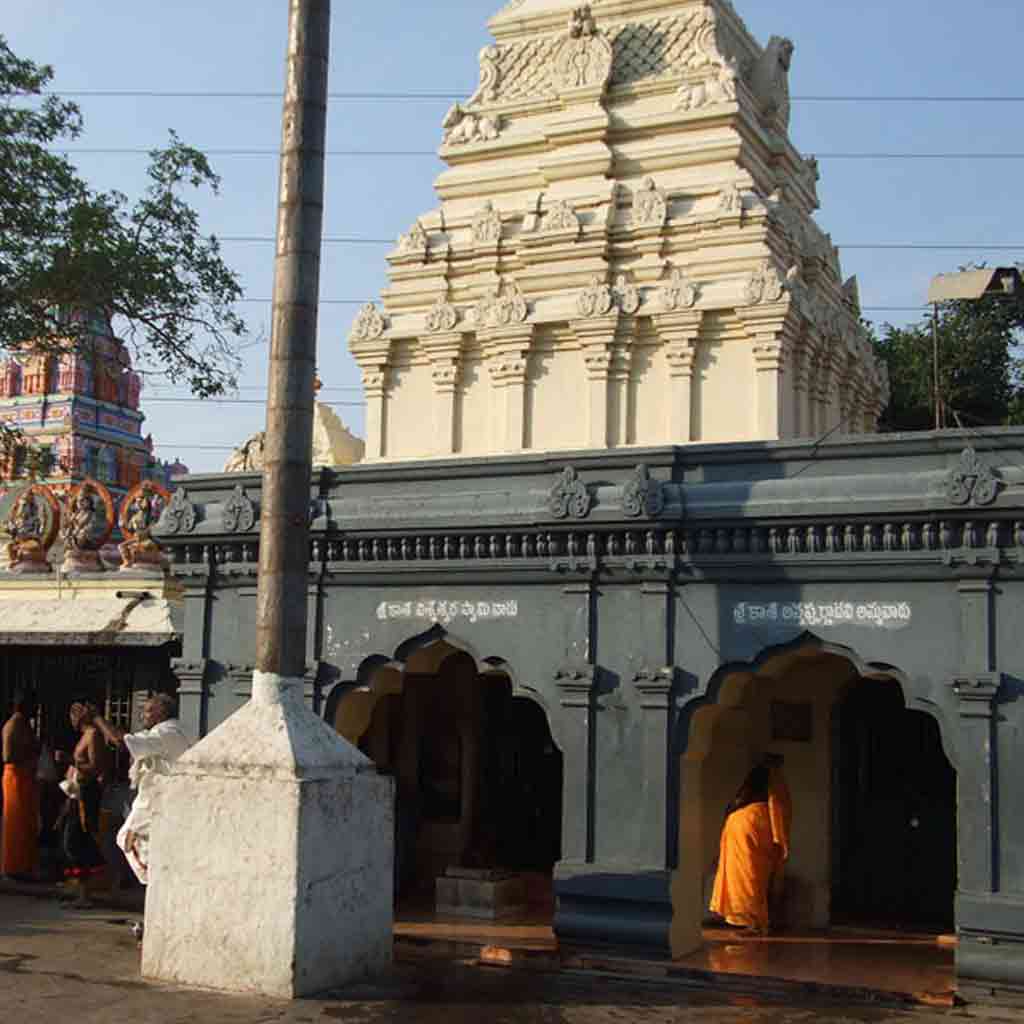
Sri Kukkuteswara Swamy Temple, Pithapuram
location_on Uppada - Pithapuram Rd, Kalyanamandapm, Pithapuram, Andhra Pradesh 533450
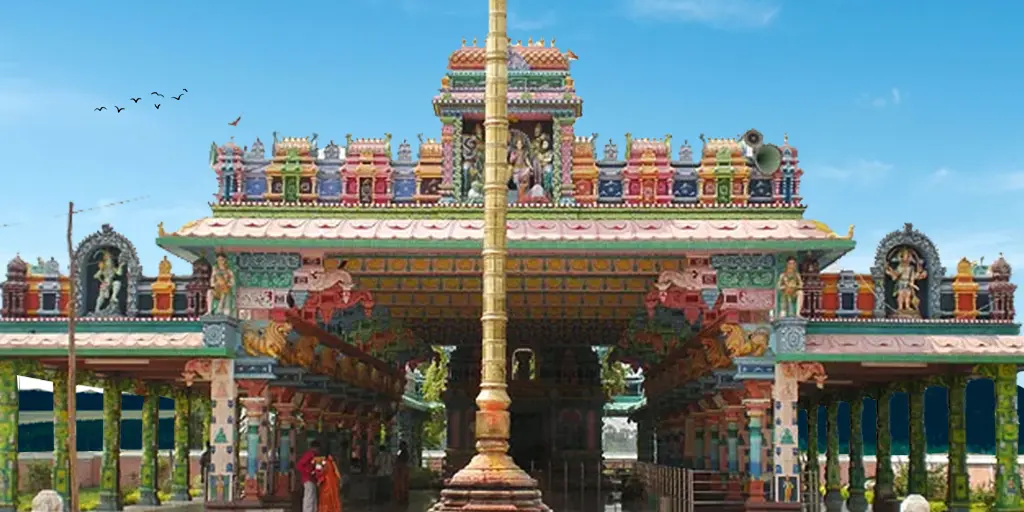
Maddi Anjaneya Swamy Temple, Jangareddygudem
location_on Sri Maddi Anjaneya temple, Jangareddigudem, Gurvaigudem, Andhra Pradesh 534447

Sri Veerabhadra Swamy Temple, Lepakshi
location_on Main road, Lepakshi, Andhra Pradesh 515331
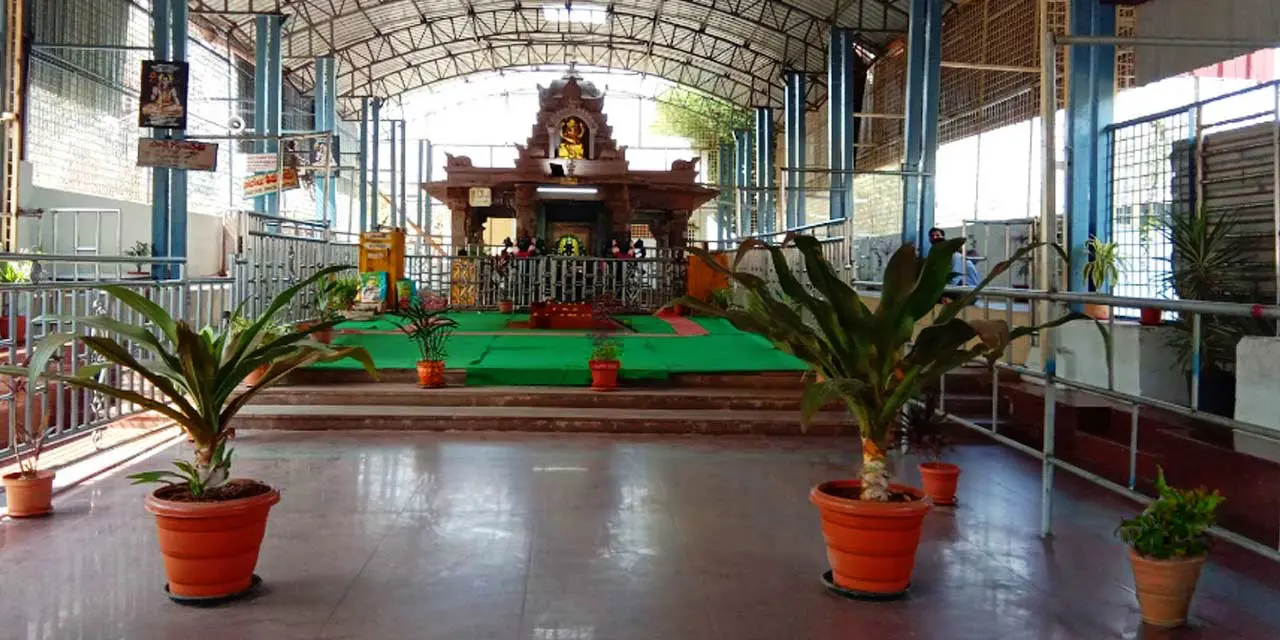
Sakshi Ganapati Temple, Srisailam
location_on Srisailam, Andhra Pradesh 518101
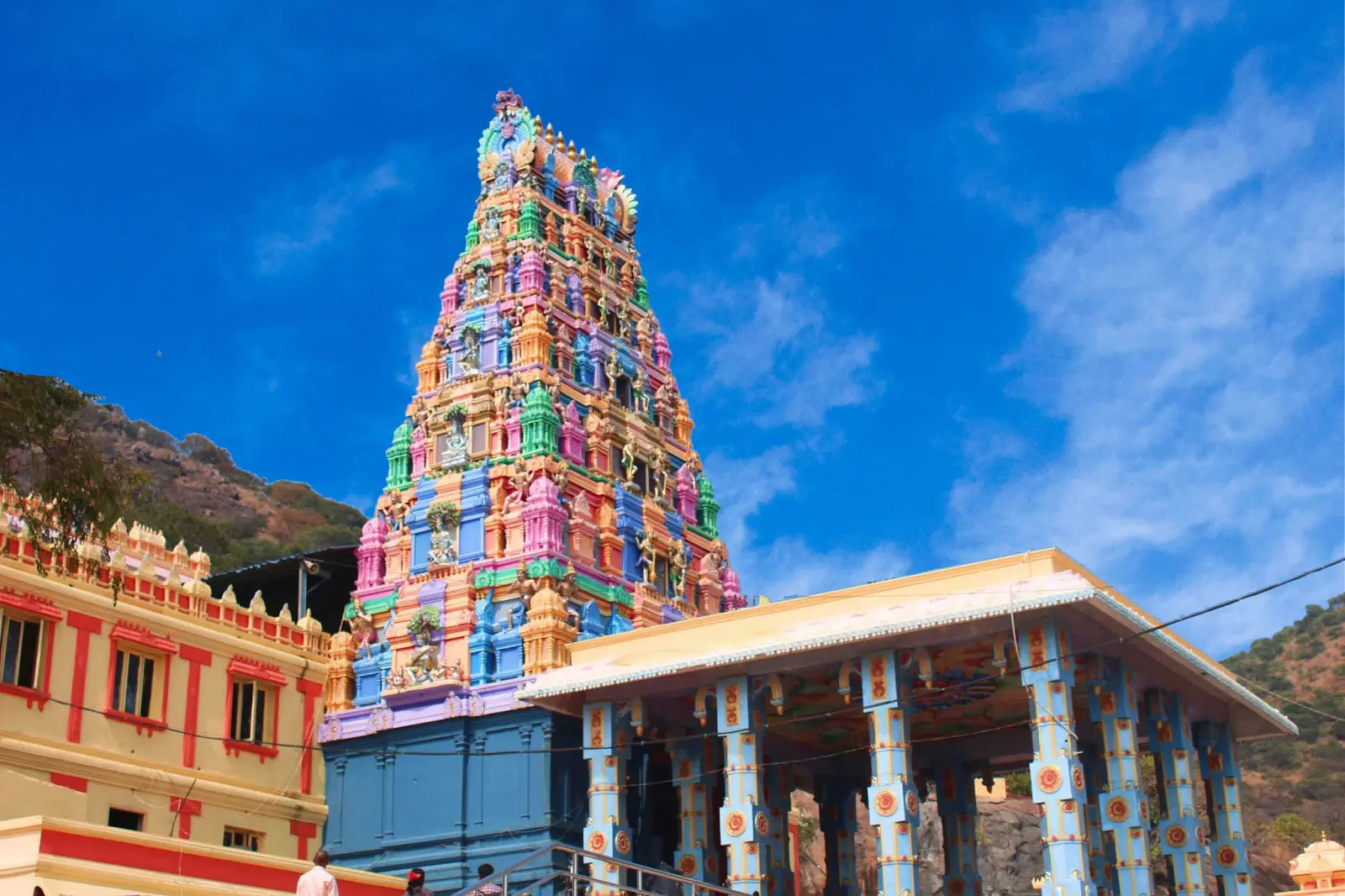
Kotappakonda Sri Trikoteswara Swami Temple
location_on Kotappakonda Rd, Narasaraopeta, Andhra Pradesh 522549
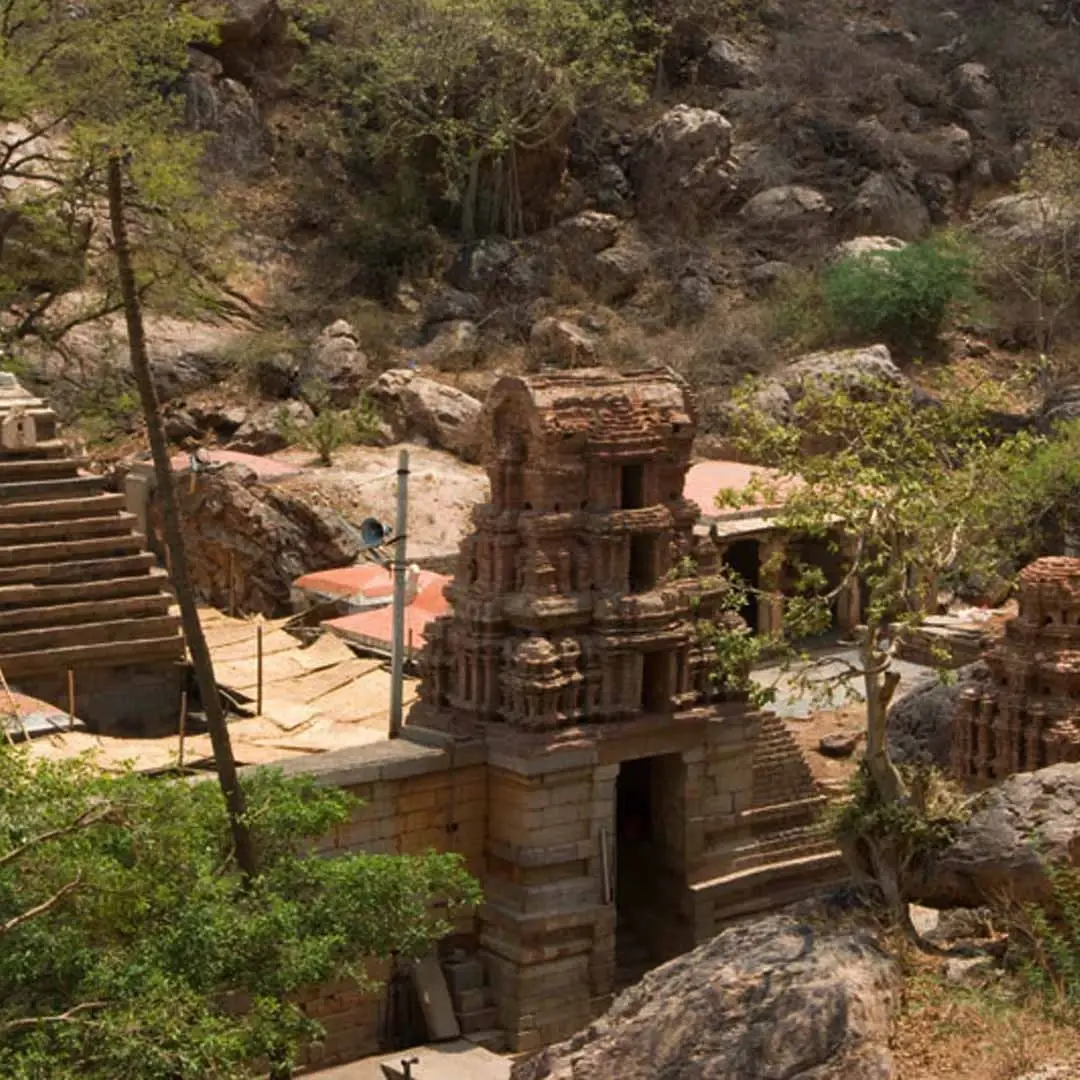
Uma Maheswara Temple, Yaganti
location_on Temple Gopuram, Yaganti Rd, Yaganti, Andhra Pradesh 518124
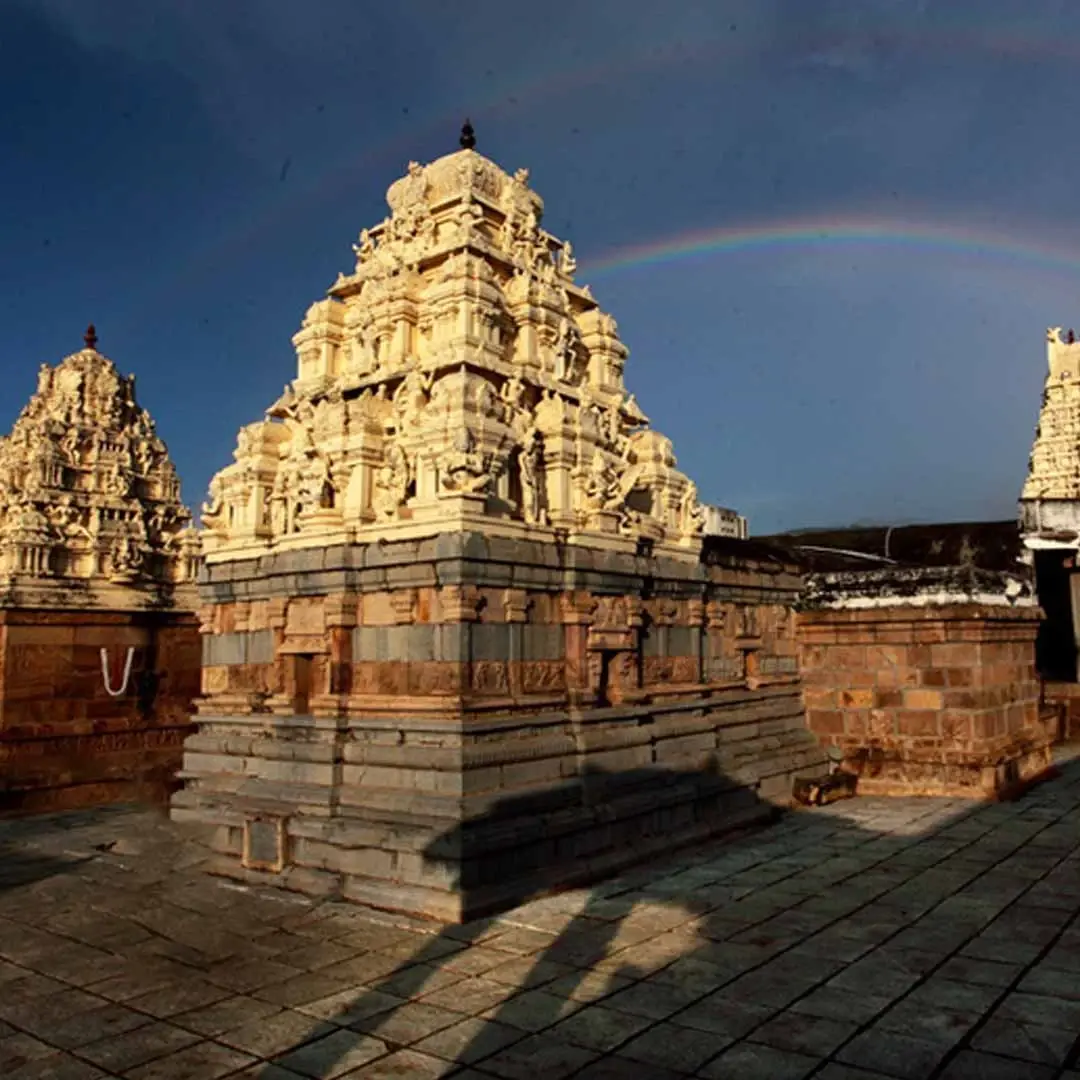
Ahobilam Narasimha Swamy Temple (Lower and Upper Ahobilam)
location_on Ahobilam, Andhra Pradesh - 518543
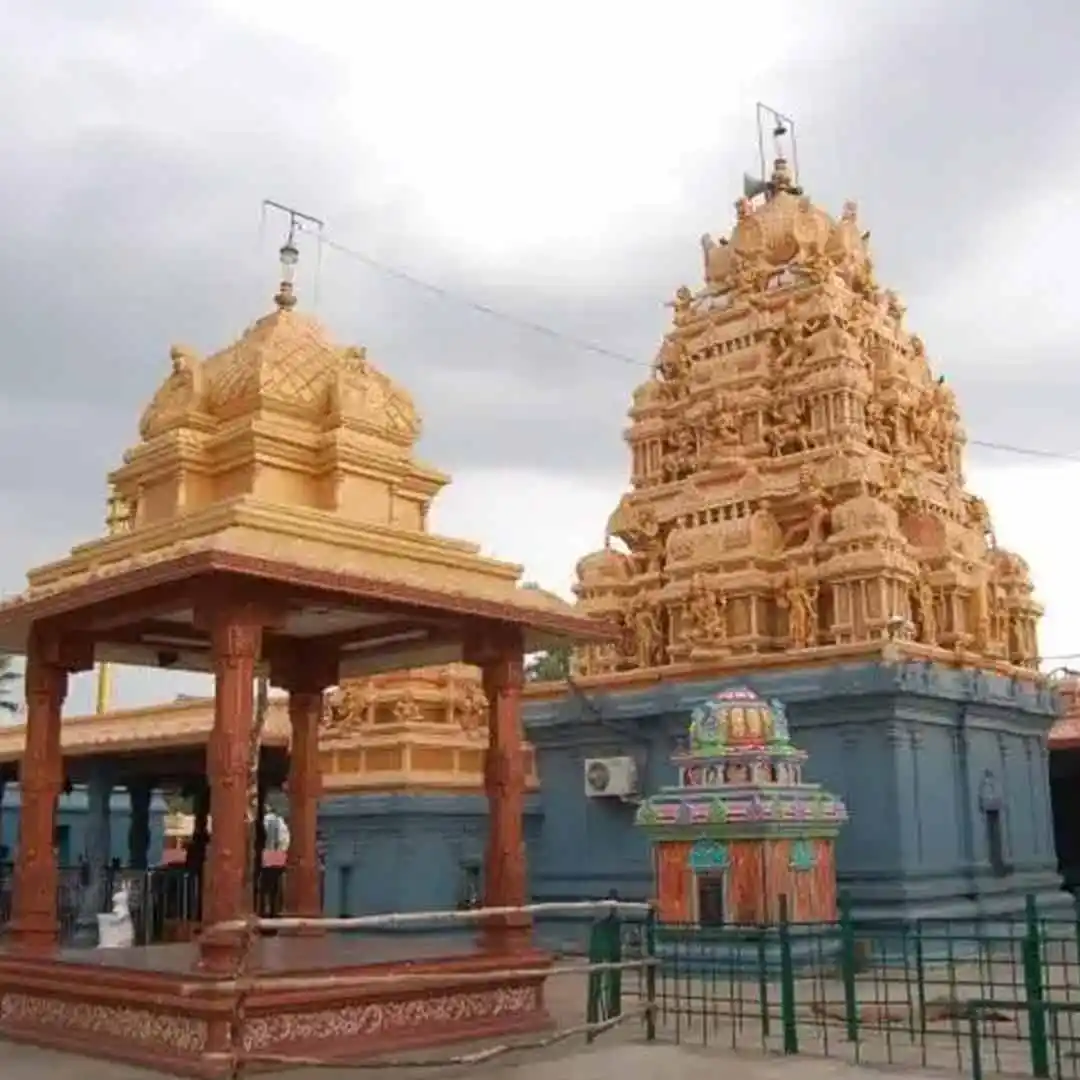
Puruhutika Devi Temple - Pithapuram Shakti Peetam
location_on opposite Petrol Bunk, Kalyanamandapm, Pithapuram, Andhra Pradesh - 533450
Popular Packages
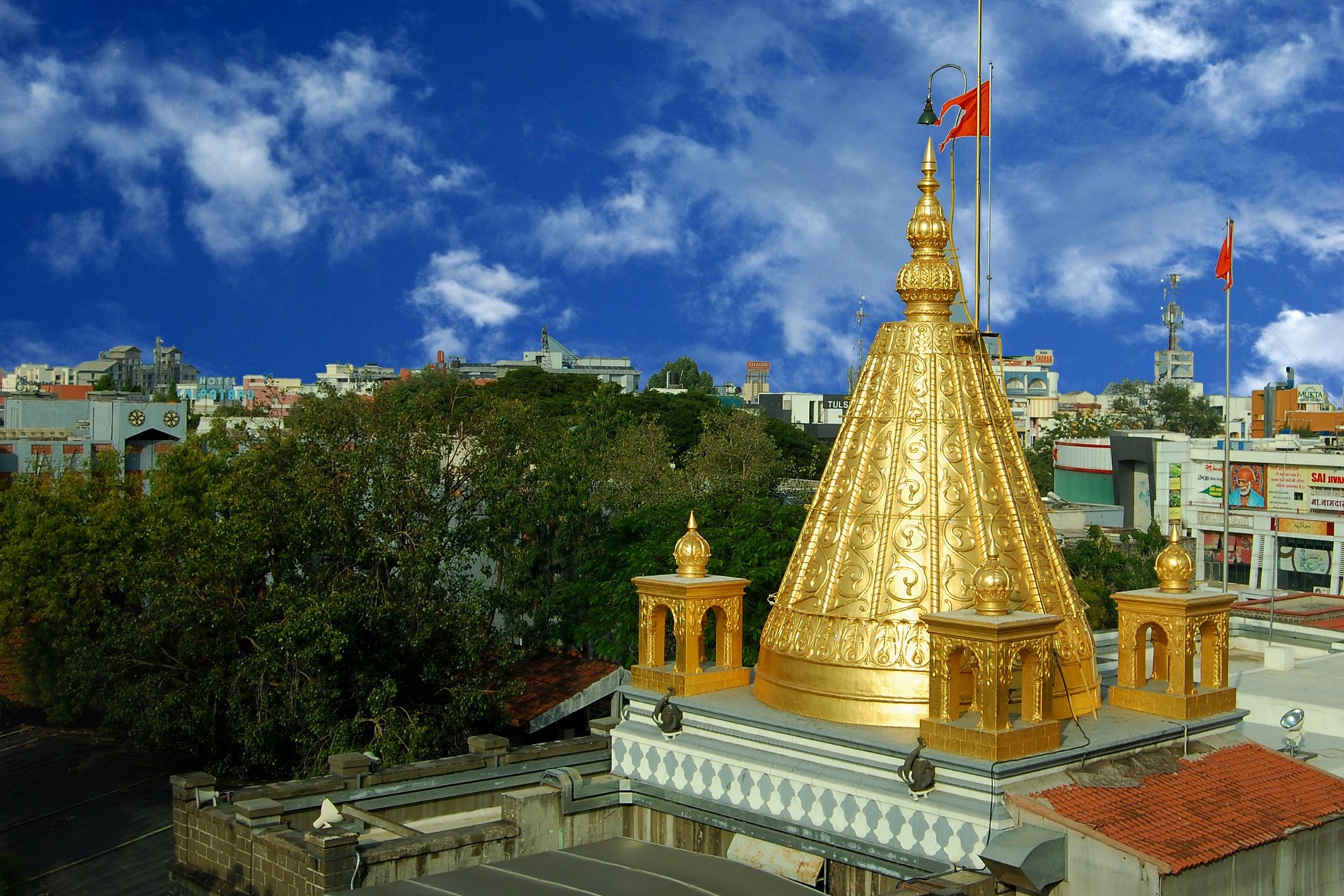
Shirdi
calendar_month 2 Nights -3 Days Package
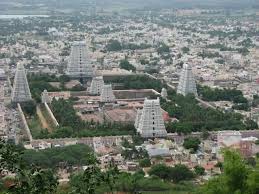
Arunachalam Yatra
calendar_month 1 Nights -2 Days Package
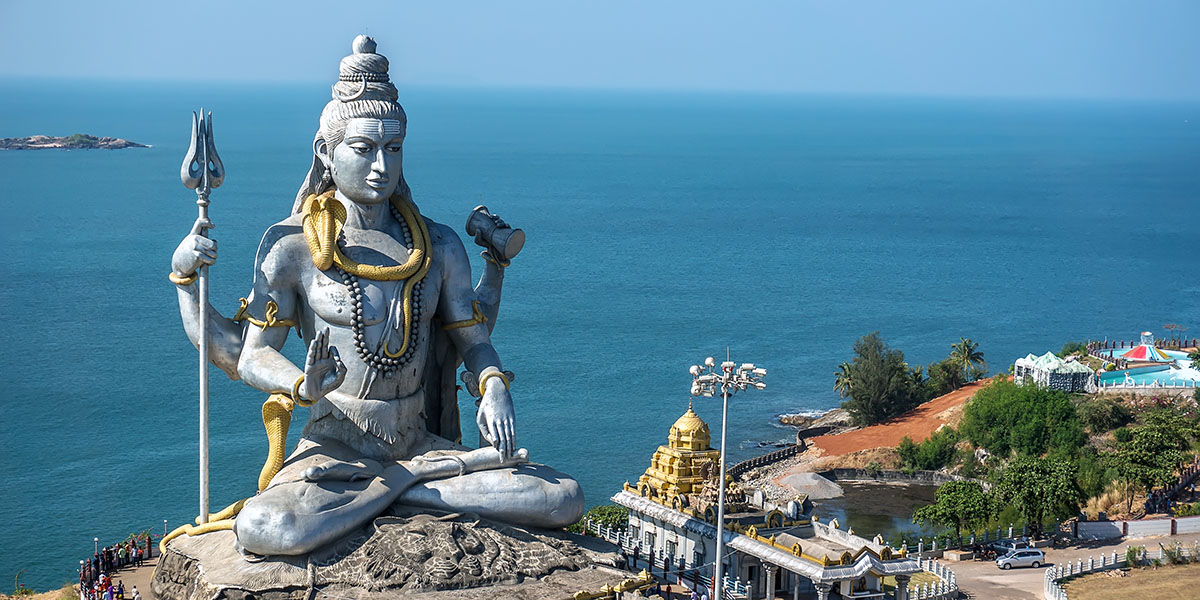
Karnataka
calendar_month 4 Nights - 5 Days Package

Trivandrum -Kanyakumari
calendar_month 2 Nights - 3 Days Package
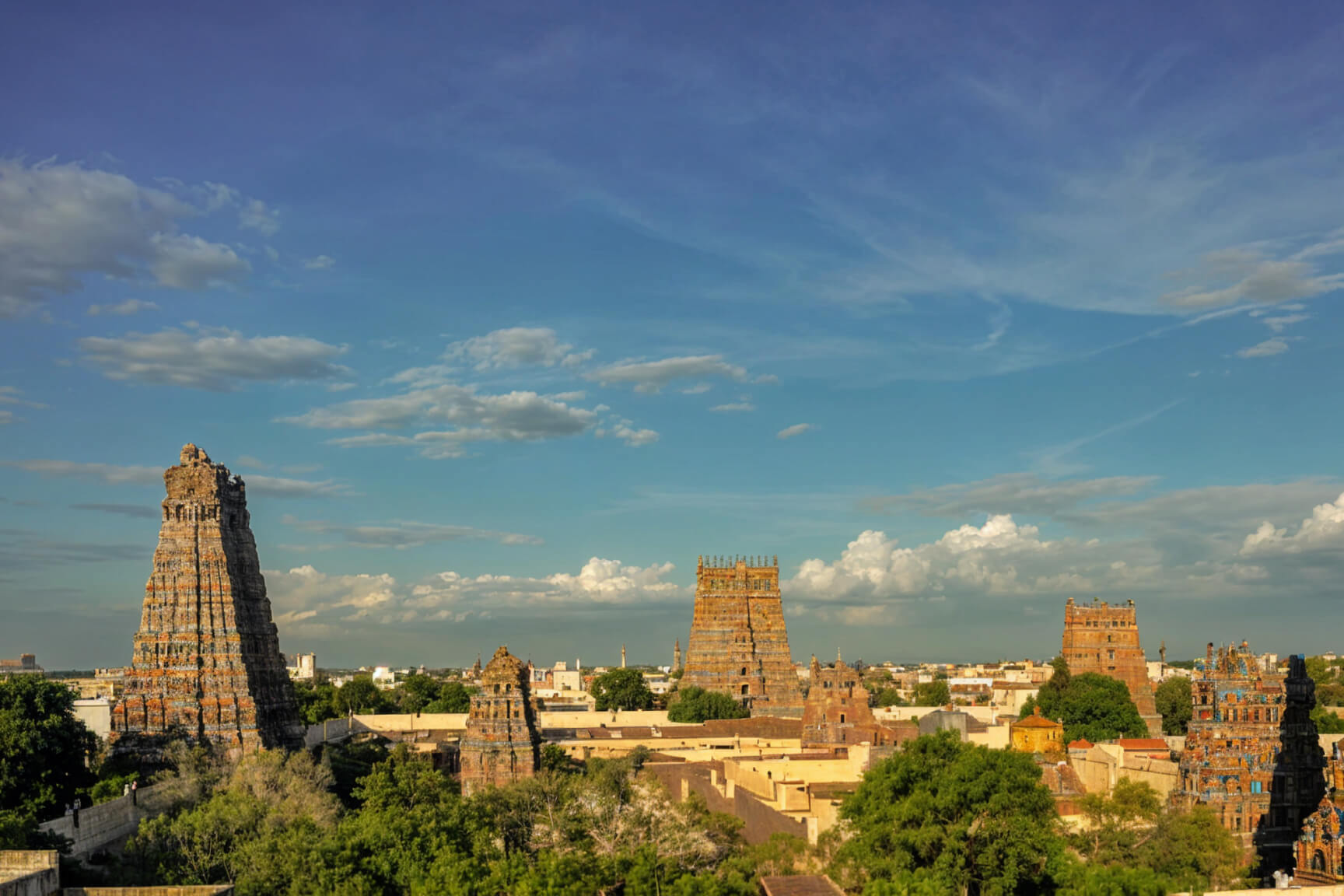
Madurai - Rameshwaram
calendar_month 3 Nights - 4 Days Package

Kukke Subrahmanya-Dharmasthala-Udupi
calendar_month 2 Nights - 3 Days Package
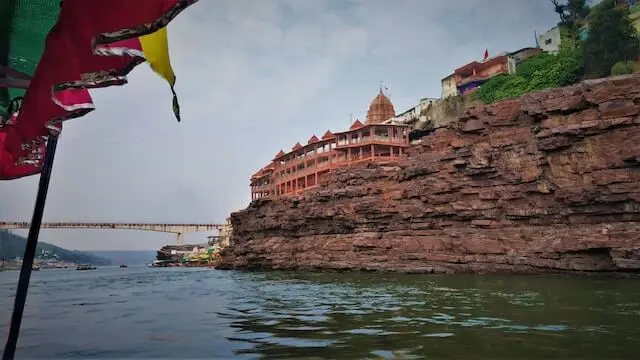
Bhubaneswar-Konark - Puri
calendar_month 3 Nights - 4 Days Package
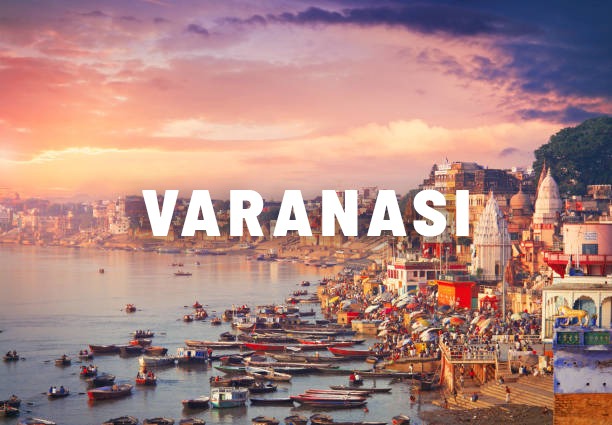
Varanasi-Prayagraj-Ayodhya
calendar_month 3 Nights -4 Days Package
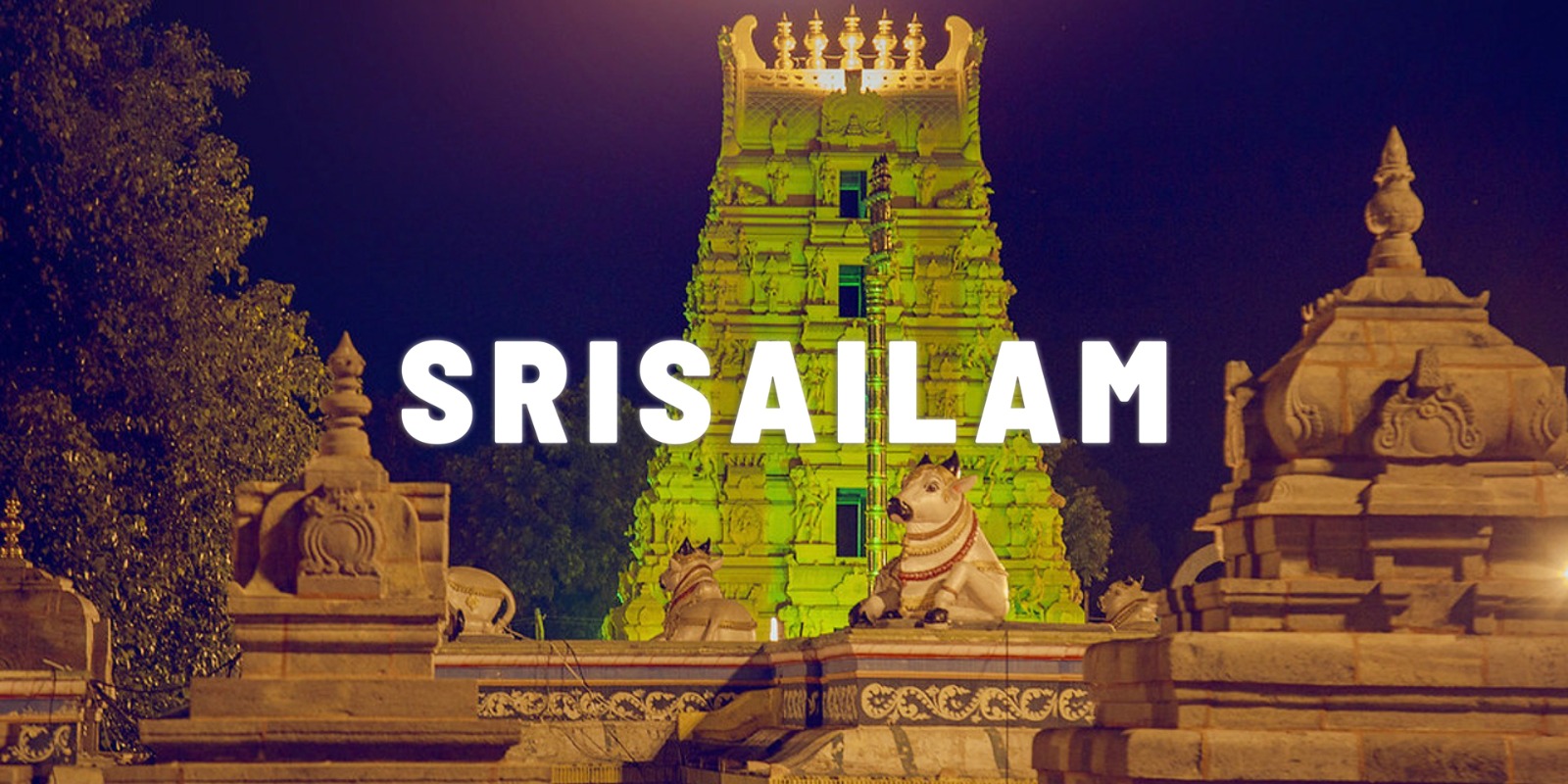
Srisailam
calendar_month 1 Night - 2 Days Package